Geek Software of the Week: Macrium Reflect Free!
Are you looking for free backup, free cloning, or free disk imaging software?
Reflect 8 Free is the best no-cost solution on the market. Why does Macrium offer such a feature-rich and powerful product for absolutely nothing? Because we believe the safety and security of your data should be available to everyone.
Q: Why does Macrium provide a free backup product?
A: We believe the ability to keep your data safe and secure should be available to everyone.
Q: Is it reliable?
A: Yes, the core Macrium backup engine is common across our product range and trusted worldwide.
Q: Is it fast?
A: For one off backups and clones, yes. However, you will find it much slower than the rest of our product range when used for scheduled backups. We have not intentionally slowed Reflect Free; it is slower because it does not include various Macrium backup acceleration features.
Q: Where is it useful?
A: It is useful for one off backups and clones. We don’t recommend it for continuous / scheduled computer protection. In particular, it does not include:
- Features needed for fully featured ongoing protection of a computer
- Ransomware protection of backup files (Macrium Image Guardian)
- ReDeploy to ensure a restore will boot on new hardware
- Technical support
Q: Are the backup files compatible with Macrium’s supported products?
A: Yes. If you upgrade to a fully supported product, you can browse and restore backups made with Reflect Free.
Q: Can Reflect Free be centrally deployed and managed?
A: Reflect Free is not compatible with Site Manager.
Q: Is it licensed for commercial use?
A: Yes, when registered accordingly, it is licensed for limited use within a corporate environment.
Q: What uses are specifically excluded?
A:
- Backup of a computer other than that on which it is installed.
- Restore to a computer other than that backed up, other than its replacement.
- Install it on a device you do not own for use with any person other than the original registered licensee.
- Use it on more than 10 concurrent installs across any one organization.
Examples of excluded usage.
- Deployment of a common image to multiple computers (see the Macrium Reflect Deployment Kit)
- Backup of any machine other than the computer upon which it is installed (see the Macrium Reflect Technician’s License)
- Using a ‘service’ computer to clone, backup, or restore disks from other computers (see the Macrium Reflect Technician’s License)
Q: Is there a full EULA available?
A: Yes, it is here.
Q: Who should I contact with questions regarding Reflect free licensing?
A: Please send an email to licensing@macrium.com, and we will respond quickly.







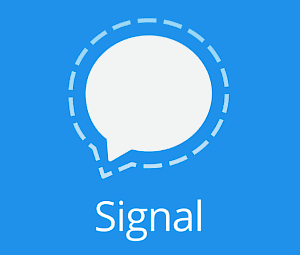 Speaking of security and privacy… that applies to your phone as well! This SMS (text messages) client is awesome! Not only can you use it for encrypted, secure texts on your smartphone, you can use the Windows client to send and receive texts while working on your PC! Protect yourself with Signal!
Speaking of security and privacy… that applies to your phone as well! This SMS (text messages) client is awesome! Not only can you use it for encrypted, secure texts on your smartphone, you can use the Windows client to send and receive texts while working on your PC! Protect yourself with Signal!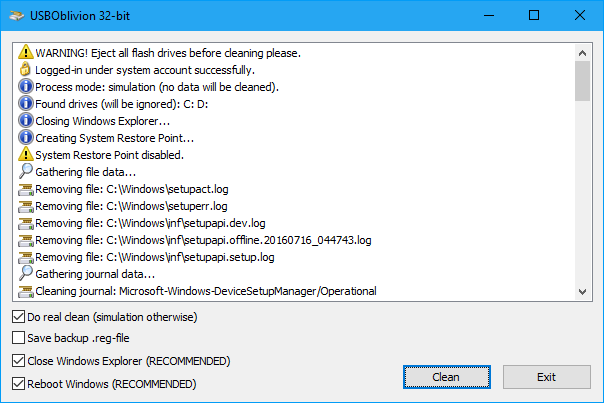
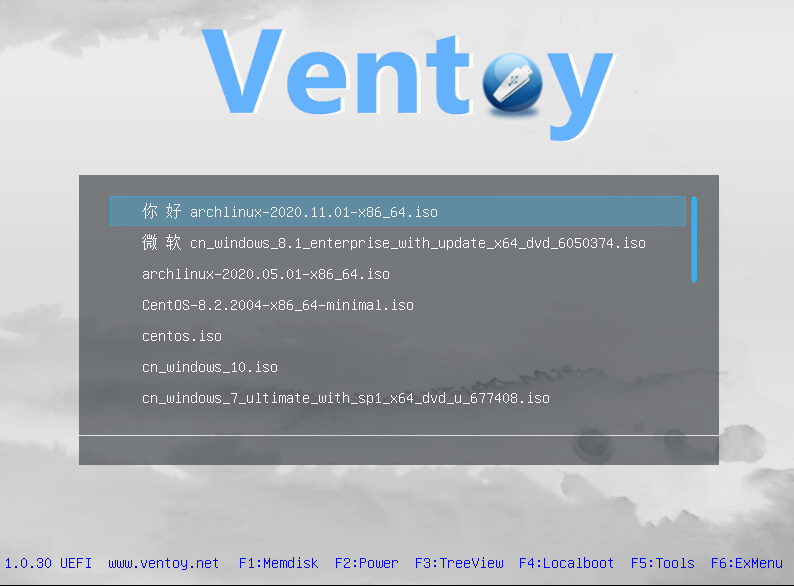 Here’s a handy utility to turn you USB stick into a quick install tool!
Here’s a handy utility to turn you USB stick into a quick install tool!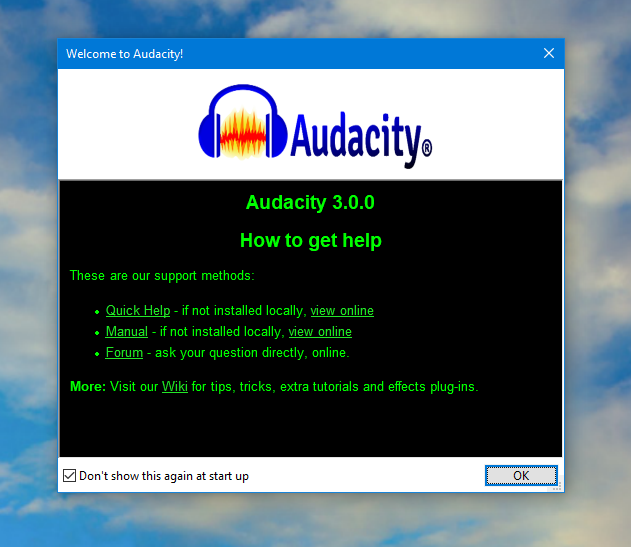 From the AudacityTeam: “We’re pleased to announce release of Audacity 3.0.0 which replaces all previous versions for Windows, macOS and Linux.
From the AudacityTeam: “We’re pleased to announce release of Audacity 3.0.0 which replaces all previous versions for Windows, macOS and Linux.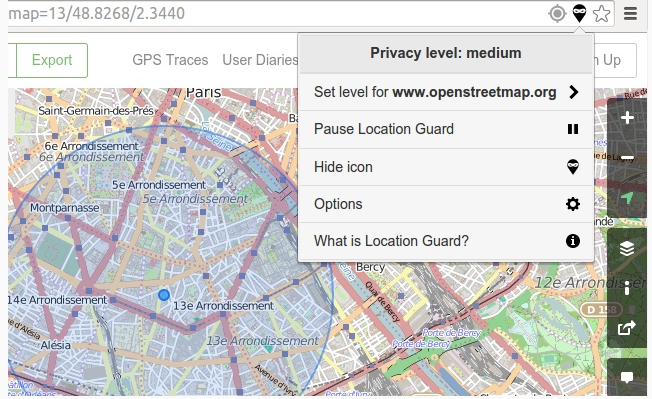 This week’s GSotW is a browser plugin that demonstrates the security issue of using browser technology and Javascript to allow “spoofing” your location from your browser.
This week’s GSotW is a browser plugin that demonstrates the security issue of using browser technology and Javascript to allow “spoofing” your location from your browser.